18.04.2018
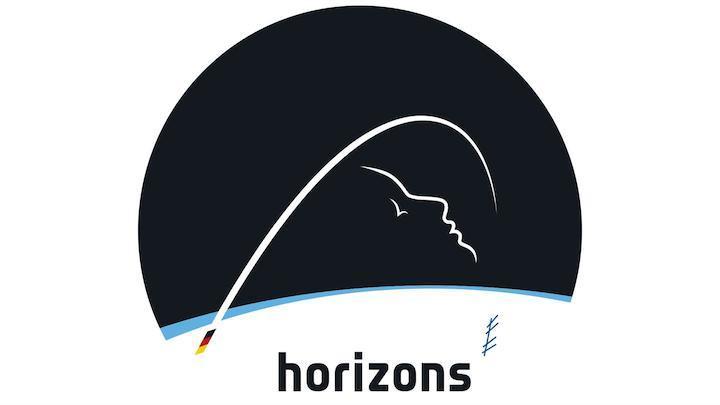
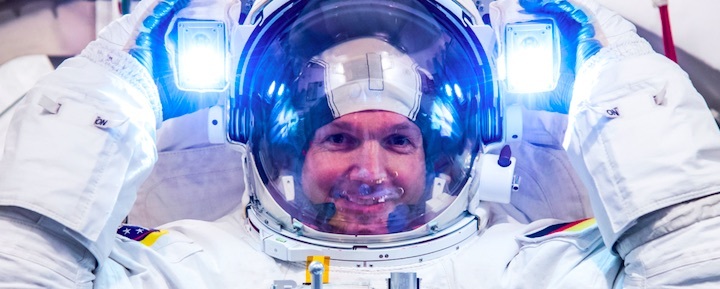
ESA astronaut Alexander Gerst gave his last press conference in Europe ahead of his June launch to the International Space Station for the Horizons mission today.
Over 150 members of the press attended the event at the European Astronaut Centre in Cologne to discuss Horizon’s science goals.
On Alexander’s busy six-month schedule in space are over 65 experiments investigating human cells, airway health, lighter weight materials and technology that will pave the way for lunar exploration.
Alexander remarked on how proud he was to be conducting research that is advancing medicines and vaccinations on Earth as well as human exploration of deep space. He is looking forward to returning to the Columbus laboratory, Europe’s gateway to space research and home to European astronauts, to continue this important work.
During the second half of the Horizons mission Alexander will serve as the Space Station commander. This is the second time a European will hold this leadership role. ESA astronaut Frank de Winne was the first in 2009.
“With the Horizons mission, I want to make people realise that there is always a chance to go beyond their personal horizons, doing something that they have never done before. For me, becoming the Space Station commander for the first time was a learning experience and something that I had to work hard for. It might be scary at the beginning, but then you grow into that position. And at the end, you realise that it was much easier than you thought.”
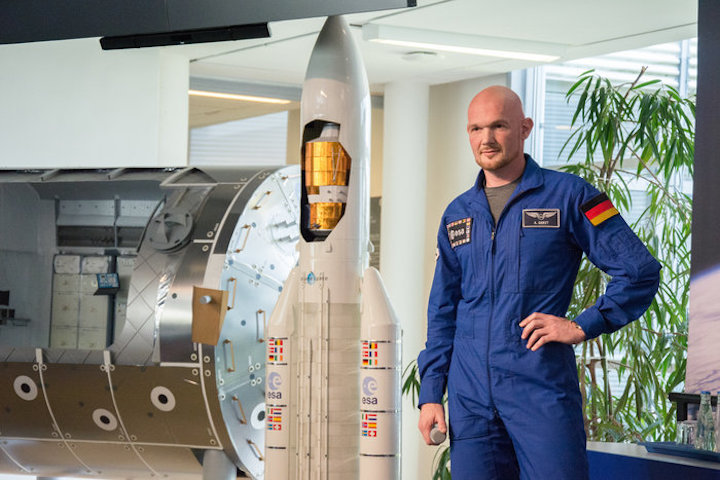
Quelle: ESA
+++
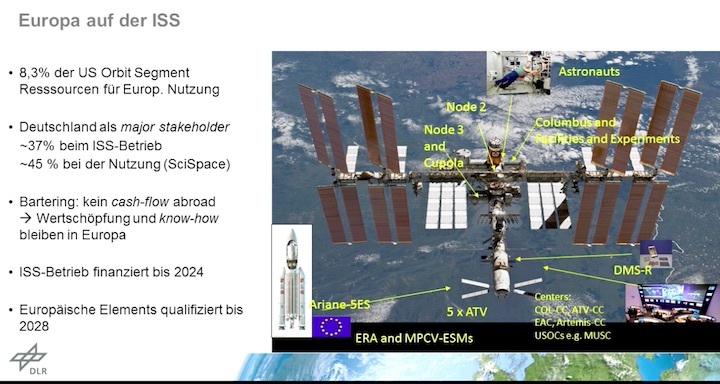

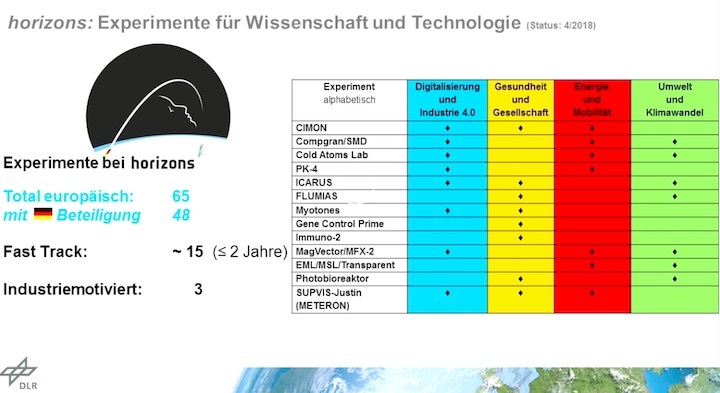
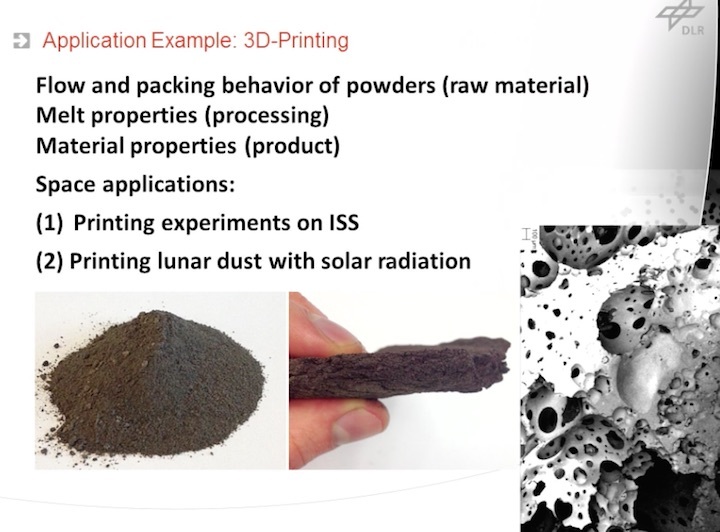
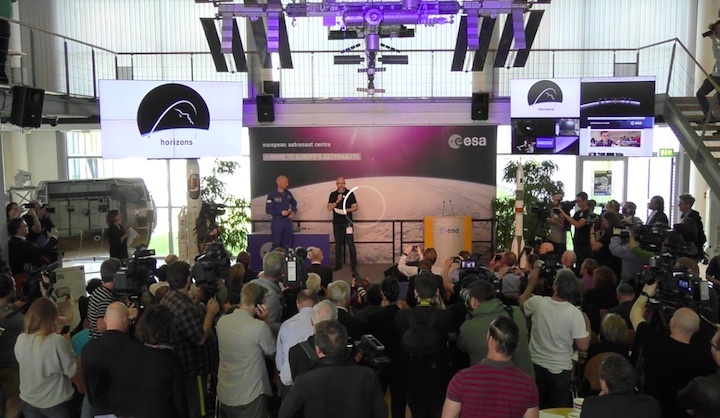
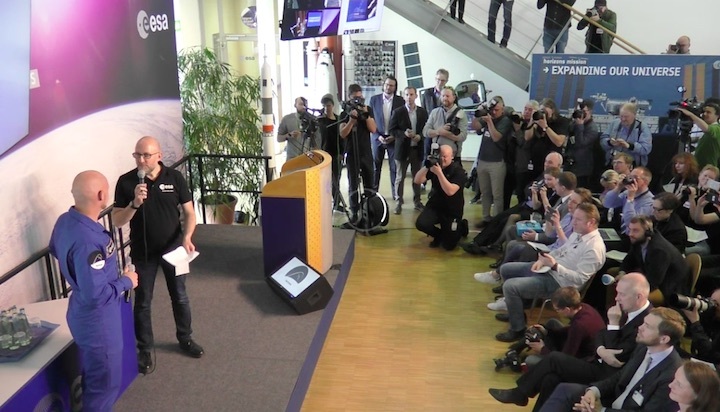
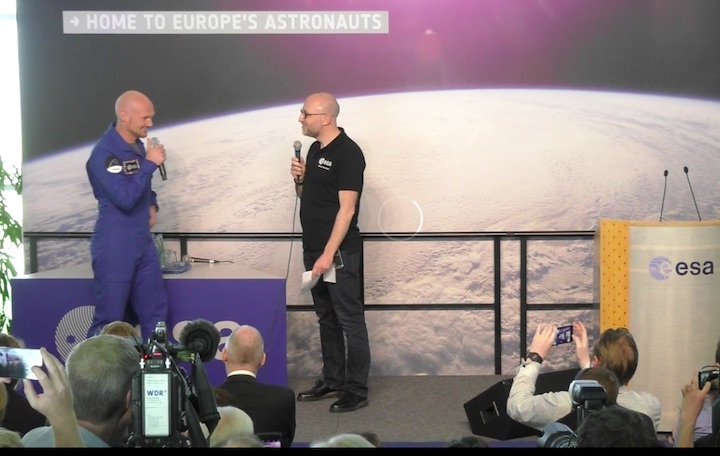

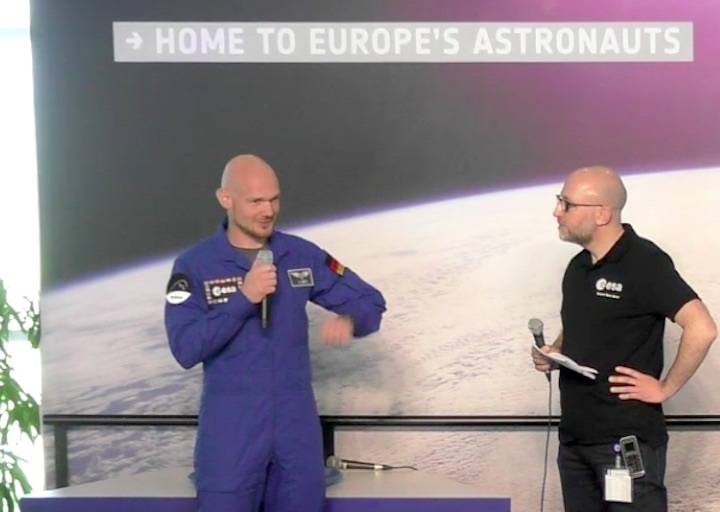

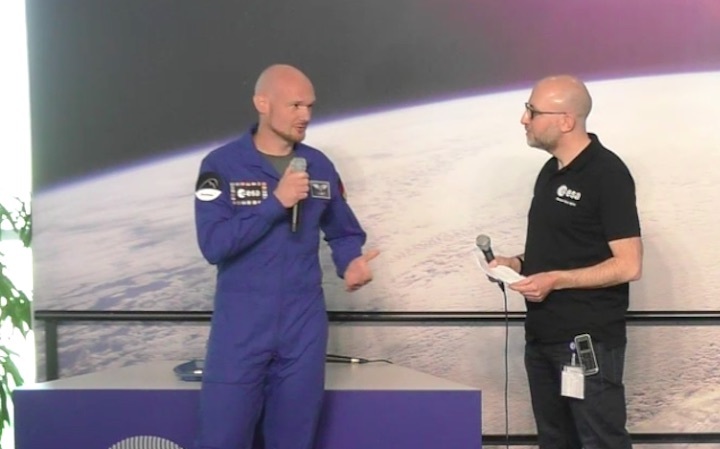
Quelle: DLR
---
Update: 23.04.2018
.
Electronics upgrade for the Electro-Magnetic Levitator - More experiments in less time
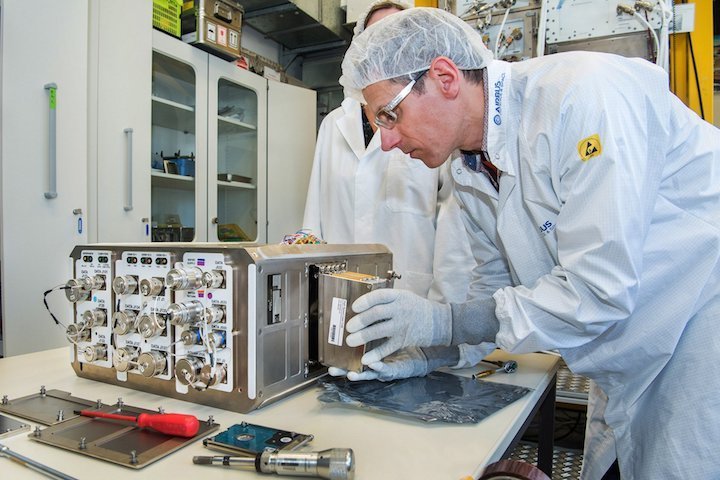
Friedrichshafen, 16/04/2018 - German astronaut Alexander Gerst will set-up the HSC-OS (High Speed Camera Operating System), a small but powerful electronic upgrade to control the Electro-Magnetic Levitator’s (EML) high-speed video camera and rapidly process the enormous volume of data it generates. Airbus has developed this component on behalf of the German Aerospace Center´s (DLR) Space Administration. This science "booster" - scheduled for launch with Orbital Antares 9 Mission - will be integrated into the EML facility on board the ISS during the European Space Agency's Horizons mission, which will last until the end of 2018.
Airbus´ new concept uses advanced commercial microcomputer boards, that were specially adapted and qualified for use in Space, increasing the transfer speed from the camera to the computer system by a factor of 10. Moreover, a special hardware-based data compressor, integrated in the commercial microcomputer, replaces the previous, software-based concept, reducing compression times by factors of 60 or more. Both measures significantly increase the data throughput of the system.
The Electro-Magnetic Levitator is a much lauded experimental facility in the Columbus laboratory of the ISS. Funded by ESA and DLR´s Space Administration, it was developed and built by Airbus. It was launched on board the ATV-5 in August 2014, and Alexander Gerst installed the EML during his first stay on the ISS in autumn 2014. Now Gerst is also scheduled to install the data electronics this summer – an important enhancement to the EML that will enable the researchers to pursue scientific excellence with even greater efficiency.
The EML
This facility aids researchers in conducting scientific experiments on small metal samples, allowing them to determine important material parameters with extreme precision. These, in turn, are crucial for optimising industrial manufacturing processes on Earth, to produce better metallic materials with customised properties.
Metal samples are melted and heated to temperatures of up to 2,100 degrees Celsius and measurements are taken in the molten state. Samples are then solidified in a controlled manner. As hot molten metals are extremely chemically reactive, each sample is processed containerlessly by placing it without a crucible in an electromagnetic field, causing them to be positioned and heated by induction. All measurements must therefore also be taken using non-contact optical methods.
The EML's sophisticated measurement and processing technology also includes a high-speed video camera that films these rapid processes, on the levitating molten metal sample, at more than 30,000 frames per second.
Since operations commenced, many experiments have been conducted (>1,200 cycles of melting and solidifying) and enormous volumes of data collected (>13 TB) – mainly video data.
"It became apparent fairly soon after commissioning that the mission capacity is dependent on the time it takes to process the huge amounts of high-speed video data," said Wolfgang Soellner, who is responsible for EML experiment design at Airbus. "This was due to an enhanced utilisation concept that produces significantly more data than the mission studies had planned for. The upgraded video data processing will eliminate this bottleneck in the experimental procedure."
Materials science relies on repeating experiments numerous times with slightly altered settings, so accelerated experimental procedures are of central importance to achieving timely scientific results.
Quelle: Airbus
